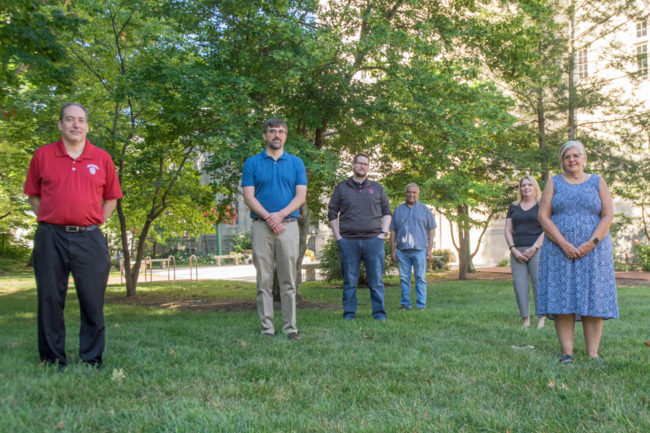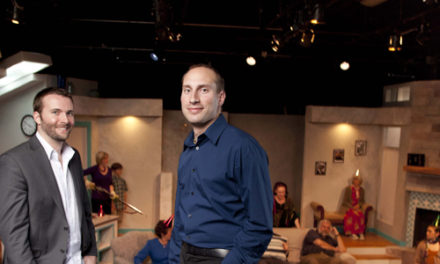
by JANET MANDELSTAM
When Ranji Abraham and his teams of Indiana University programmers face a new challenge, the response is likely to be “there’s an app for that.”
Abraham is director of enterprise applications at IU. He and his teams are usually busy designing systems for authenticating usernames and passwords for all campus personnel or coordinating the use of the Crimson Card, IU’s official photo ID, across all campuses.
But when the coronavirus forced the university to shut down in mid-March, he says, “There were so many new, unanticipated things to do. The first questions were, ‘How are we going to issue refunds for students who would no longer be living on campus?’ and ‘How were we going to get them moved out?’” Abraham recalls. “We had to do this within two weeks. We developed an app where students could go online to figure out when they could come [to retrieve their possessions].”
Then, when the federal government offered funds for students who needed financial help, Abraham and his teams went to work. “We created an online app for students to apply for funding,” he explains. When the requests came in, IU officials could review the applications, and the funds were distributed online. By June, his teams were working on the integration of IU and IU Health and developing systems for virtual care appointments.
As Brad Wheeler, the former vice president of information technology, says, “When pointed to recent needs, Ranji and the team were on it day, night, and weekends.”
Abraham is full of praise for his team: “They’ve been extremely dedicated. We’re doing whatever we can to get us through this time.”
With the reopening of the university ahead, “We’re scrambling,” he says. “We’re creating an online process where departments can request personal protective equipment [PPE]. We’re working with key vendors and integrating our efforts with the purchasing department.” And with students returning, they are creating an online move-in schedule similar to the one they developed for moving out in the spring.
Abraham has worked at IU since the mid-1990s. Born in India, he came to the U.S. as a teenager and lived in New York City. “I didn’t know where Indiana was,” he says. So when a friend invited him for a visit, “I had to get an old Rand McNally atlas.” Like so many others, he came to Bloomington and stayed.















